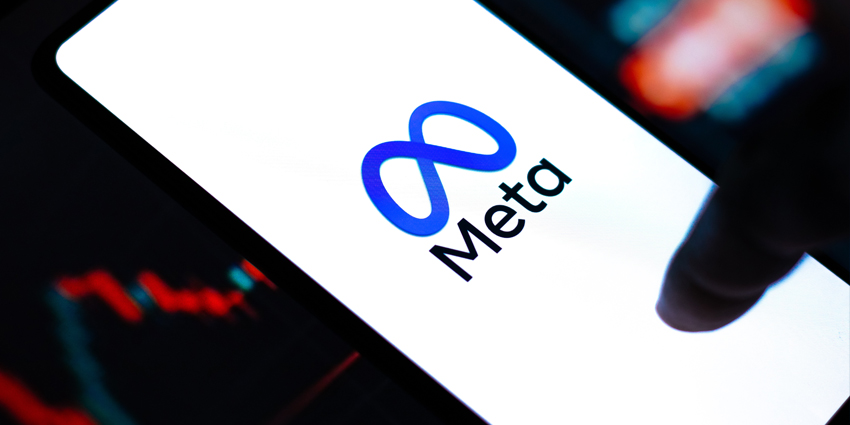Following the ups and downs of the US Army IVAS project, which saw Microsoft’s last HoloLens lifeline fall only to be picked up by Palmer Luckey’s defence-focused firm Anduril, a new major partnership appears to be transferring said lifeline to a new market leader.
That leader is Meta. While the firm’s XR portfolio is far more financially sound than the HoloLens, its Reality Labs division has historically lost money via deep technology investments.
This spending is matched by a commment from Andrew “Boz” Bosworth, CTO of Meta earlier this year, expressing hightened pressure for the XR firm going forward “This year likely determines whether this entire effort will go down as the work of visionaries or a legendary misadventure-we haven’t actually made a dent in the world yet.”
However, partnering with Anduril provides Meta and its Reality Labs division with a new valuable asset, just as the XR hardware market deepens with new entries from Google, Samsung, and others. The partnership sees Meta helping to design integrated XR products for warfighters on the battlefield.
Bosworth spoke on the Anduril partnership by adding:
The world is entering a new era of computing that will give people access to limitless intelligence and extend their senses and perception in ways that have never been possible before. Our national security benefits enormously from American industry bringing these technologies to life.
The current advancement of the IVAS project is driven by private capital, without taxpayer support, in an effort to “save the U.S. military billions of dollars,” using technology originally meant for commercial use.
Meta to Move to Governmental Sectors
The move namely brings Meta’s and Anduril’s mixed reality technologies to Anduril’s Lattice AI platform for real-time battlefield intelligence.
Moreover, it marks Meta’s expansion into U.S. government technology sections, building upon Meta’s Reality Labs and Llama investments.
Mark Zuckerberg, Founder and CEO of Meta, said:
Meta has spent the last decade building AI and AR to enable the computing platform of the future. We’re proud to partner with Anduril to help bring these technologies to the American servicemembers that protect our interests at home and abroad.
Palmer Luckey, Founder of Anduril, noted, “I am glad to be working with Meta once again,” following the XR innovator’s experience working with Meta following the Oculus acquisitions of past years.
Luckey also added:
Of all the areas where dual-use technology can make a difference for America, this is the one I am most excited about. My mission has long been to turn warfighters into technomancers, and the products we are building with Meta do just that.
A Reality Labs Lifeline?
Despite the success and optimism surrounding Meta, Susan Li, the CFO, highlighted some challenges within the Meta Reality Labs segment. In the first quarter, revenue reached $412 million, which marked a 6% decline compared to the previous year. This decrease was primarily due to lower sales of Meta Quest devices, although increased sales of Ray-Ban Meta AI glasses somewhat mitigated this, and potentially the recent US Army partnership.
Li also mentioned that Reality Labs’ expenses totalled $4.6 billion, an increase of 8% year-over-year, largely driven by higher employee compensation. The operating loss for Reality Labs amounted to $4.2 billion. Historically, this segment has operated at a loss, but it is viewed as a long-term investment in the future of computing and Meta’s innovation aspirations.
Li added:
Moving to Reality Labs. We’re seeing very strong traction with Ray-Ban Meta AI glasses, with over 4x as many monthly actives as a year ago, and the number of people using voice commands is growing even faster as people use it to answer questions and control their glasses. This month, we fully rolled out live translations on Ray-Ban Meta AI glasses to all markets for English, French, Italian, and Spanish. Now, when you are speaking to someone in one of these languages, you’ll hear what they say in your preferred language through the glasses in real time.
This follows years of operational losses, which can easily be seen as innovation-related expenditures. The move towards taking over the US Army’s mixed reality ambitions could provide funding, which helped support HoloLens in its dying months.
Microsoft lost the IVAS contract, which is estimated to be worth $22 billion. Although the HoloLens has been utilised in various enterprise applications over the years, the IVAS contract was vital for ensuring the device’s relevance in an evolving market, where more companies are introducing similar products.
Following Microsoft’s loss of the IVAS contract, Palmer Luckey’s startup, Anduril, has taken on the role previously held by the HoloLens division. Many in the tech industry may recall that Palmer Luckey founded Oculus, the virtual reality company acquired by Mark Zuckerberg and later integrated into Meta and Reality Labs after Luckey’s departure.
Anduril is now responsible for developing and producing a mixed-reality device, building on Microsoft’s earlier work with the HoloLens-powered IVAS. However, Microsoft will continue to support the project by providing backend infrastructure and AI frameworks.
Recent reports have raised concerns about the potential discontinuation of HoloLens devices and the looming end of technical support for them. This situation became even more critical for Microsoft earlier this month when it lost the U.S. Military IVAS contract, valued at approximately $22 billion.







